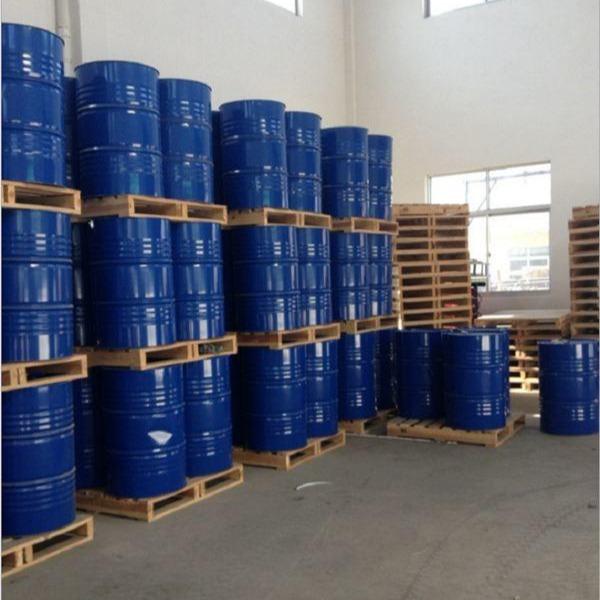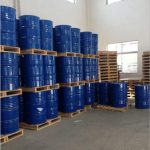
Salicylic acid
Chemical properties: Salicylic acid, also known as salicylic acid, is more acidic than benzoic acid. It becomes darker in the sun and turns into a purple-red chelate when it meets iron ions. It reacts with ferric chloride to form purple. It is unstable to heat and easily decarboxylates to form phenol when heated to 200°C. In nature, salicylic acid is mostly present in birch bark oil in the form of methyl ester, with a content of up to 96%. It is also present in cinnamon oil, violet oil, and wintergreen oil. Only a small amount of free salicylic acid exists in plants. Salicylic acid has the dual properties of phenol and carboxylic acid. It sublimates when heated and decomposes to form phenol and carbon dioxide when heated rapidly. When reacting with sodium hydroxide, both the hydroxyl and carboxyl groups are neutralized to form a double salt; but when reacting with sodium carbonate, only the carboxyl group is neutralized to form a monosalt. When reacting with alcohol or phenol, the corresponding salicylic acid ester can be generated; when reacting with carboxylic acid or anhydride, the corresponding carboxylic acid ester can be generated. This product is toxic, irritating to the skin and mucous membranes, and can react with proteins in body tissues, so it is corrosive. On the other hand, it can sterilize. The oral LD50 of rats is 1100~1600mg/kg. It is stable in storage, but the powder may explode when mixed with air. It is industrially prepared by the reaction of sodium phenol and carbon dioxide under heating and pressure (Kolbe-Schmitt reaction). Phenol is first neutralized with sodium hydroxide to form sodium phenol, and then carbon dioxide is absorbed at 4~7×105 Pa (4~7 atmospheres) at 125℃ to form phenyl sulfonate, which is rearranged to form sodium salicylate, and then acidified to form salicylic acid.






